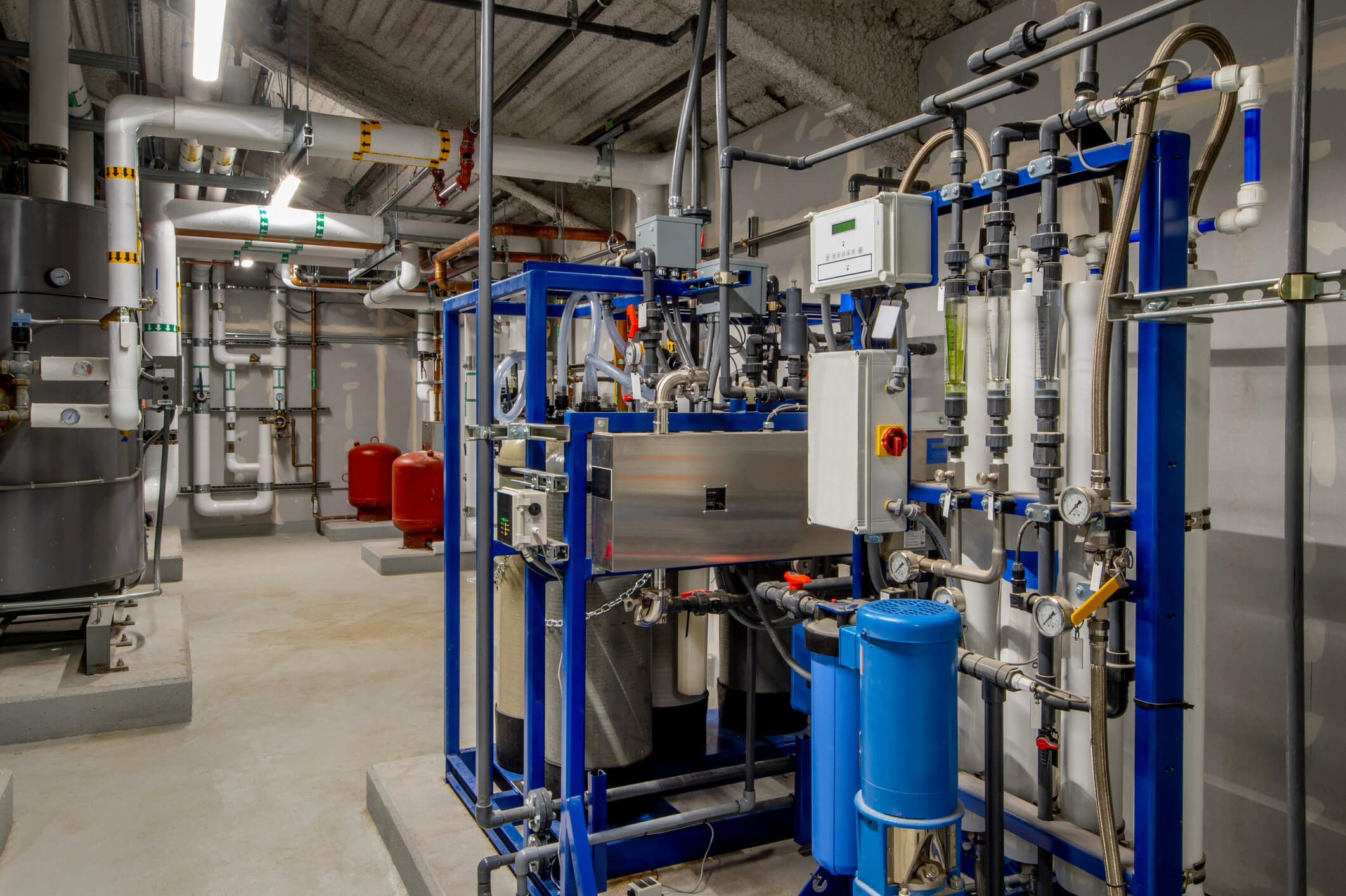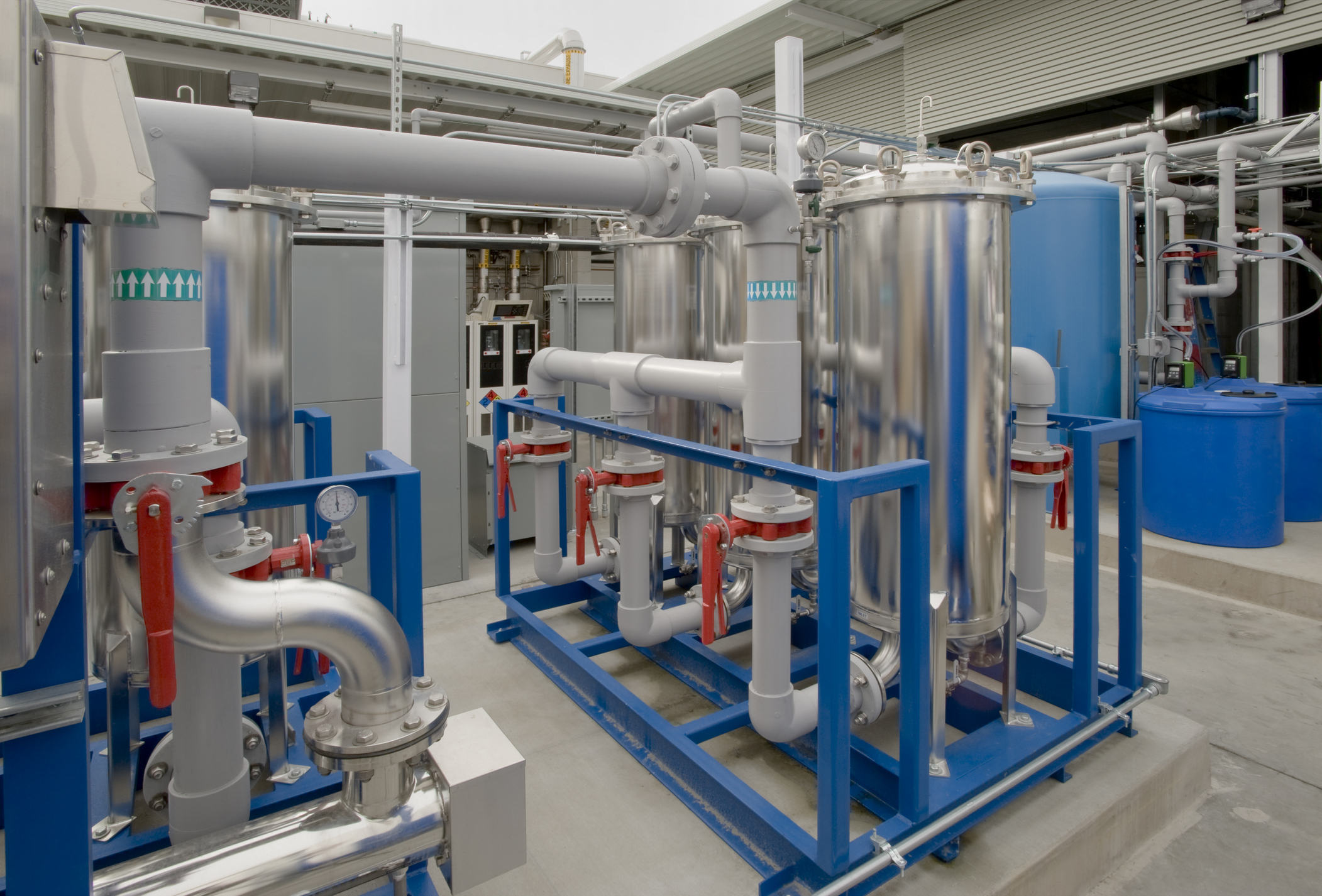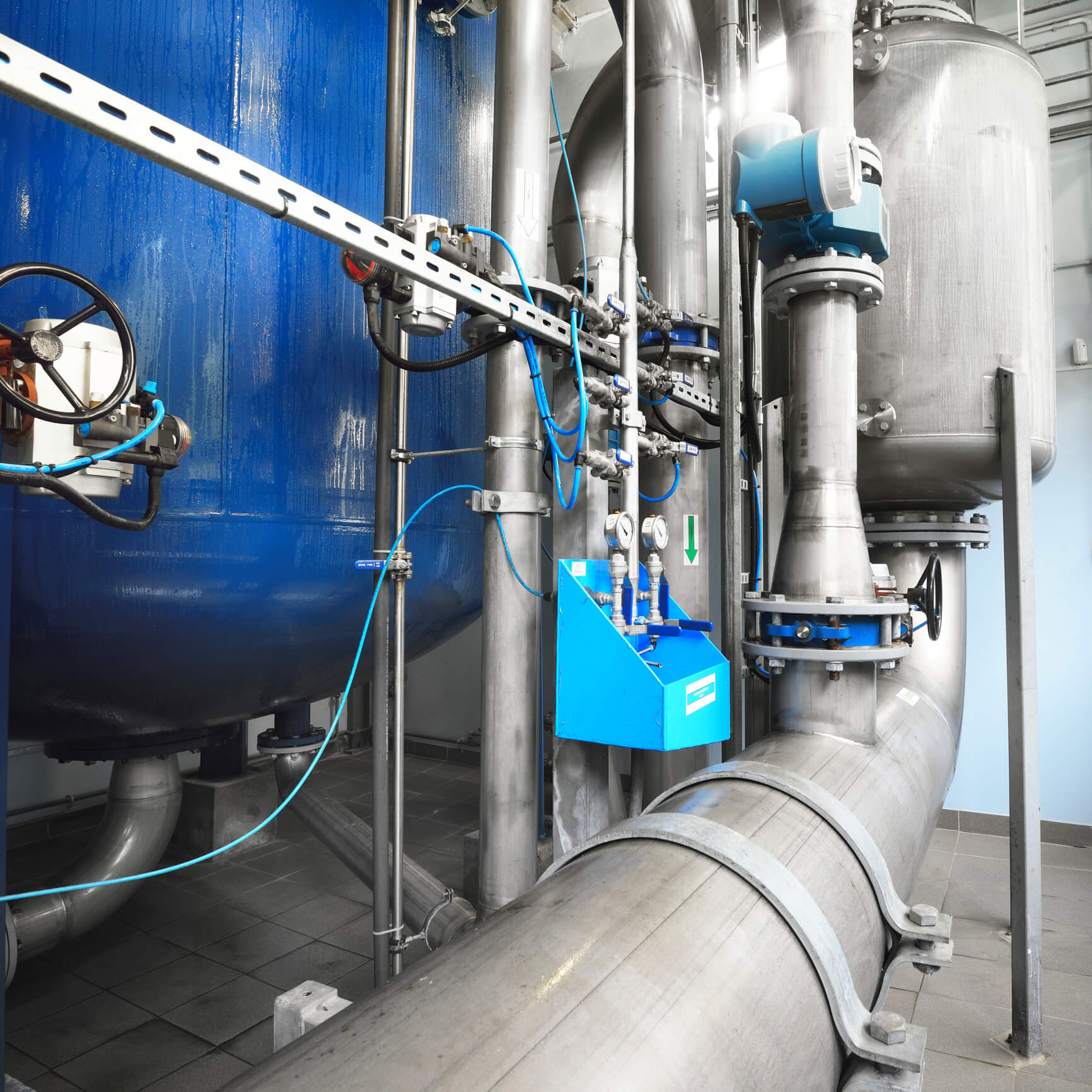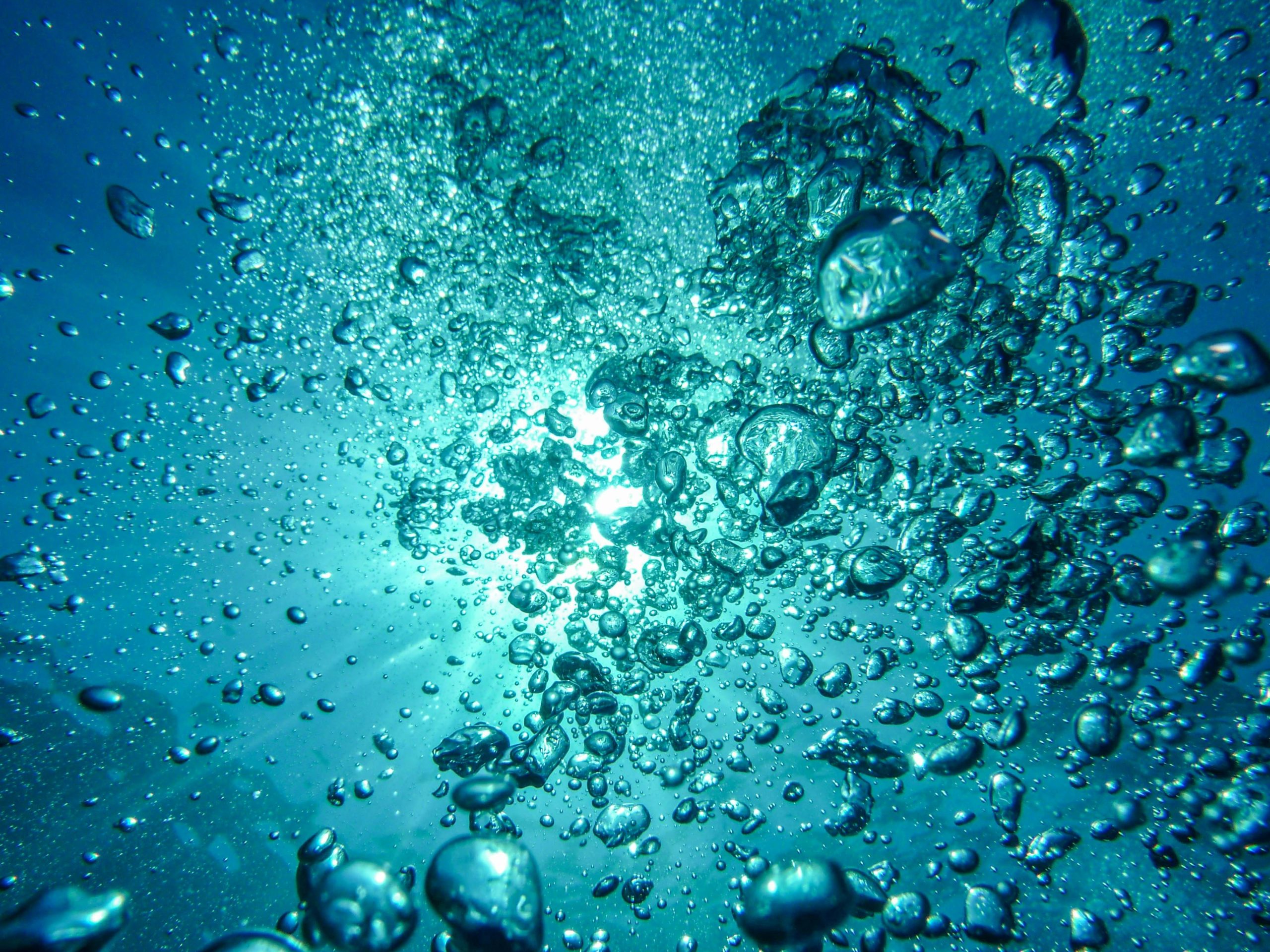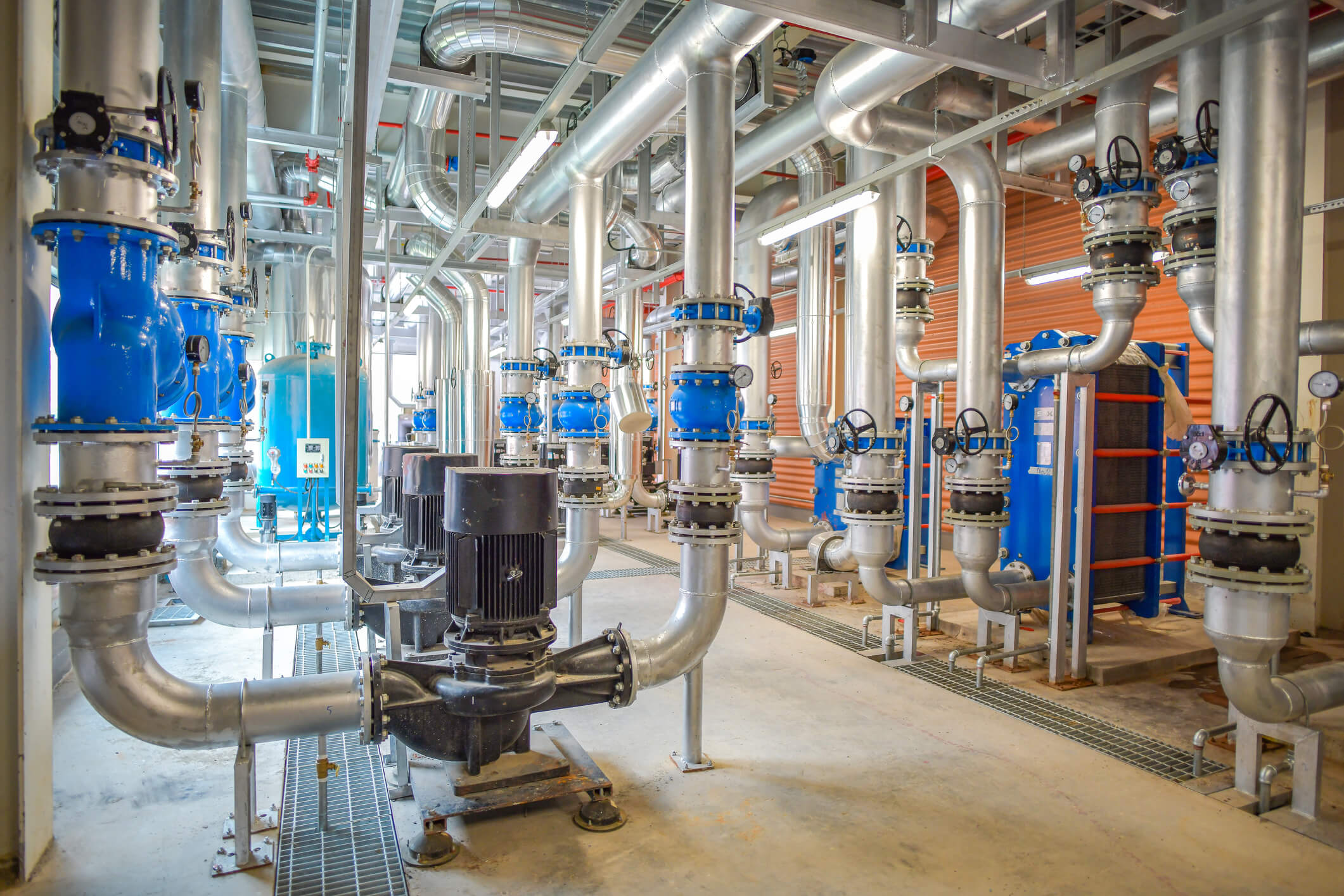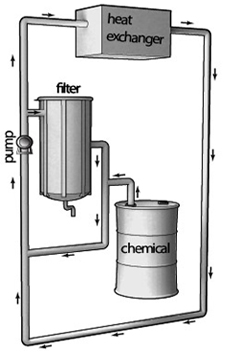Why Do I Need Closed Loop Treatment for My Water System?
Though closed loop systems exhibit excellent efficiency, adaptability and contaminant prevention, they require proper maintenance to prevent damage resulting from corrosion, low pH, microbial growth, particulate matter deposits and dissolved gases like carbon dioxide and oxygen. These unwanted substances can enter closed circuit systems in numerous ways.
Usually, closed loop water systems feature demineralized water in their cooling water makeup. In these cases, proper treatment is crucial to prevent corrosion and freezing.
The piping in closed systems is typically carbon steel, while chiller assemblies and other heat exchange surfaces may be copper or aluminum. Your heat exchanger may also feature stainless steel plates. With so many metal alloys present in your water system, it’s vital that you procure the necessary maintenance to prevent corrosion-related pipe damage. The most common type of corrosion for closed loop water systems is oxygen pitting, which can lead to rusty water and abrasion.
Oxygen pitting begins with a deposit that expands across a portion of the metal surface, creating a contrast between the oxygen content beneath the deposit and the oxygen in the water. The surface underneath the deposit becomes deprived of oxygen, resulting in an anode, while the space around it becomes a cathode. This combination of electrodes increases pitting, concentrating it in one area and producing pinhole leaks within the pipes.
Bacteria can also multiply within closed water systems, creating a living deposit with acidic byproducts. As bacterial respiration takes in oxygen, it increases the risk of corrosion to the base metal.
